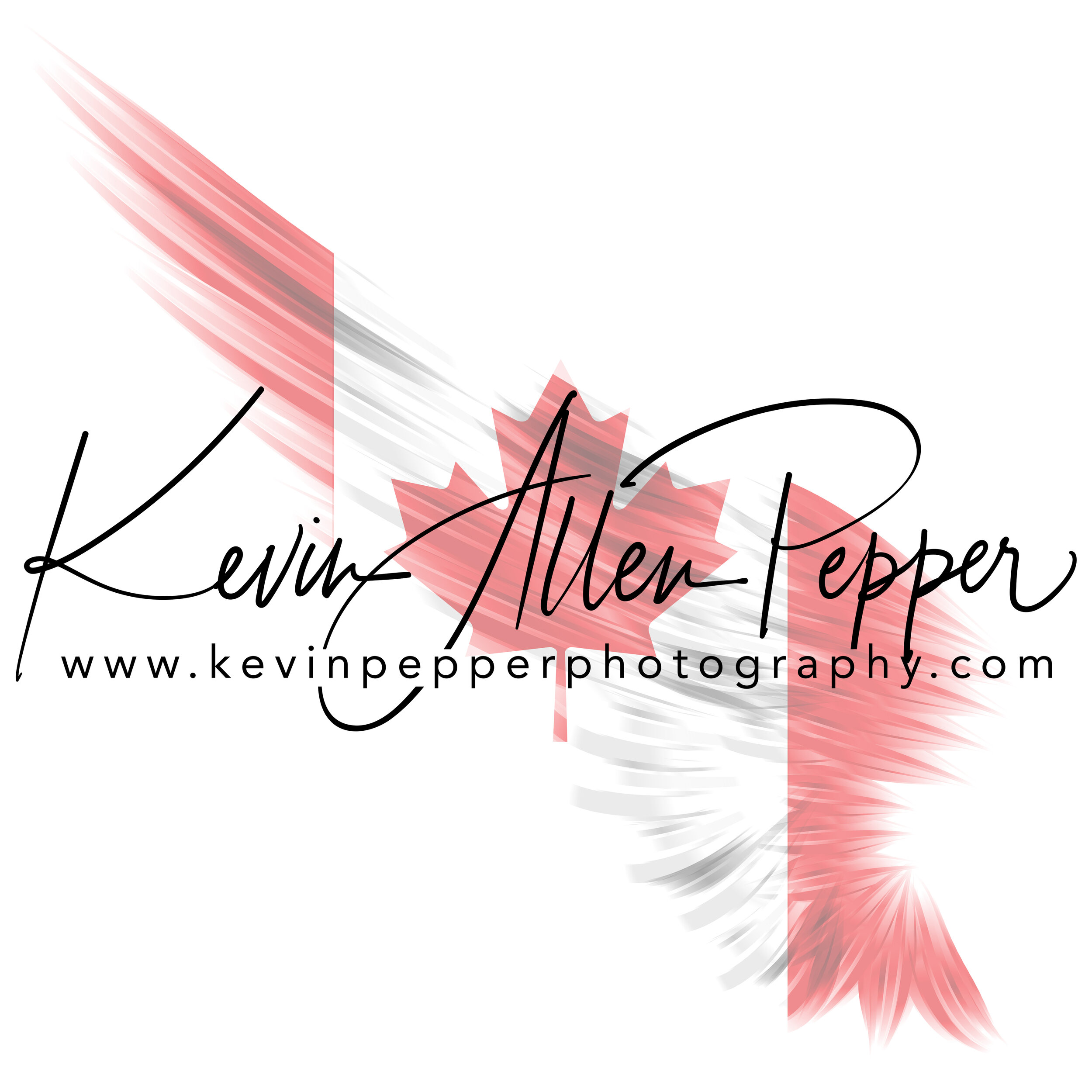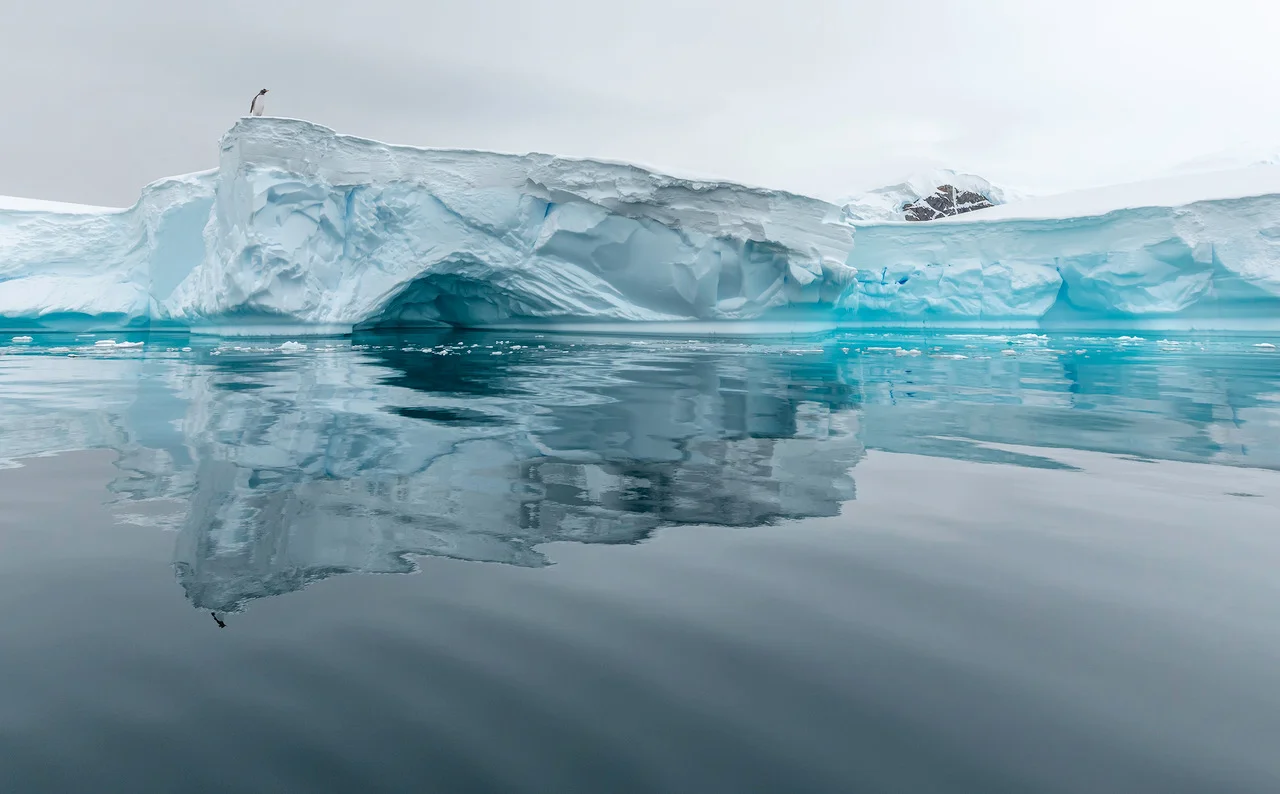Antarctica: A Photographer’s Paradise and My Top Ten Tips to Capture It
As a professional photographer, I’ve been fortunate to explore some of the most remote and awe-inspiring corners of the globe—Tanzania, Mongolia, the Canadian Arctic, Iceland— and the list goes on. Yet, despite these incredible experiences, one place continues to hold a special place in my heart: Antarctica.
Antarctica isn’t just a destination; it’s a journey into a world like no other. One that astonishes you at every turn and leaves your memory cards filled. It astonishes, humbles, and leaves you wondering if anywhere else could match its magic. For photographers, it’s a dreamland of untamed beauty and raw adventure. But it’s also a place that demands preparation and adaptability, from navigating the intense brightness of snow-covered landscapes to enduring freezing temperatures.
below are my top ten tips to help you make the most of your time in Antarctica.
1. Master Snowy Landscapes: Beat the "Grey Snow" Blues
Antarctica’s snowy vistas are stunning but can wreak havoc on your camera’s auto settings. In bright, snow-covered environments, your camera’s metering tends to underexpose, leaving images looking dull and grey. Switch to manual settings or dial in exposure compensation to brighten those whites. Always check your histogram—if it’s not reaching the right side, it’s time to adjust.
2. Be Out on Deck: The Magic Happens Everywhere
Whether it’s birds circling your ship, a pod of whales breaking the surface, or the light dancing on icebergs, some of the best moments happen when you least expect them. Stay on deck as much as possible, camera ready—you’ll thank yourself later.
3. Embrace the Weather for Dramatic Shots
Antarctic weather is unpredictable—blizzards, high winds, and cloudy skies are part of the package. But instead of fighting it, use it to your advantage. A penguin silhouetted through swirling snow or waves crashing against an iceberg can create truly memorable images. Dramatic weather equals dramatic photos, so lean into it.
4. Show the Vastness: Introduce Scale
Antarctica is massive, and that scale is hard to convey in photos. Include a familiar object—a person, a zodiac, or your ship—in your composition to give viewers a sense of just how enormous that iceberg or penguin colony truly is.
5. Wildlife Photography: Quick, Steady, and Respectful
Wildlife encounters in Antarctica are unforgettable, and penguins will undoubtedly be some of your most entertaining subjects. To capture their charm, use a fast shutter speed (at least 1/1600) to freeze the action, and keep your autofocus set to continuous mode for tracking movement. Respect the 5-meter rule, though—back away if they waddle too close.
6. Experiment with Angles for Unique Perspectives
Photos taken from standing height often feel ordinary. Bend low (while following biosecurity rules!) or use your camera’s tilt screen to capture penguins and other subjects from their perspective. Play with compositions that guide the viewer’s eye through the frame—Antarctica is the perfect canvas for experimentation.
7. Get Creative with Motion and Long Exposures
Break out of the “perfectly sharp” mindset and embrace creativity. A long exposure of waves lapping around a penguin colony or the blur of a giant petrel in flight can evoke emotion and dynamism. A tripod or monopod can help steady your shot when the seas are rough.
8. Protect Your Gear: Salt, Cold, and Biosecurity
Antarctica’s conditions are tough on equipment. Saltwater splashes, temperature changes, and windblown debris are all hazards. Bring a waterproof bag cover, extra batteries (the cold drains them fast!), and a cleaning kit. If you’re using older gear, acclimate it slowly to avoid lens fogging.
9. Pack the Right Kit
Here’s what’s in my bag for every Antarctic trip:
Camera Bodies: Two camera bodies to ensure duplicity.
Lenses: A 100-400mm for wildlife, a 24-70mm. for landscapes, and a versatile lens like a 70-200mm.
Filters: A polarizing filter for glare and a graduated ND filter for dramatic skies.
Accessories: Thin gloves for camera settings, camera straps to carry your cameras, spare memory cards, and plenty of backup storage. And yes, a tripod—if I plan on long exposures.
10. Seek Guidance from the Onboard Photography Expert
Most expedition ships feature a professional photographer. While they might not be there to give you hands-on help like we do; Attend their lectures for technical tips, and don’t hesitate to ask them questions one-on-one. They’re a treasure trove of knowledge.
Antarctica is a place that stirs the soul and inspires creativity like no other. It’s a land of contrasts, challenges, and boundless beauty. With the right preparation and mindset, you’ll not only capture incredible images—you’ll come away with memories to last a lifetime. So gear up, embrace the adventure, and let Antarctica work its magic on you!
We lead photography focused workshops in Antarctica. Visiting Antarctica with us isn’t just about capturing incredible photos—it’s about experiencing the journey of a lifetime in the company of passionate, like-minded photographers.
With Akari Photo Tours, you’ll benefit from expert guidance tailored to your skill level, ensuring you’re ready to tackle Antarctica’s unique challenges and seize every photographic opportunity. From intimate encounters with penguin colonies to the towering majesty of icebergs and the ever-changing Antarctic light, we’ll help you bring your vision to life. Plus, our small group sizes mean you’ll have plenty of personalized instruction and time to craft the perfect shot. If you’re ready to explore one of the most remote and breathtaking corners of the planet while honing your craft, there’s no better way than with Akari Photo Tours.






